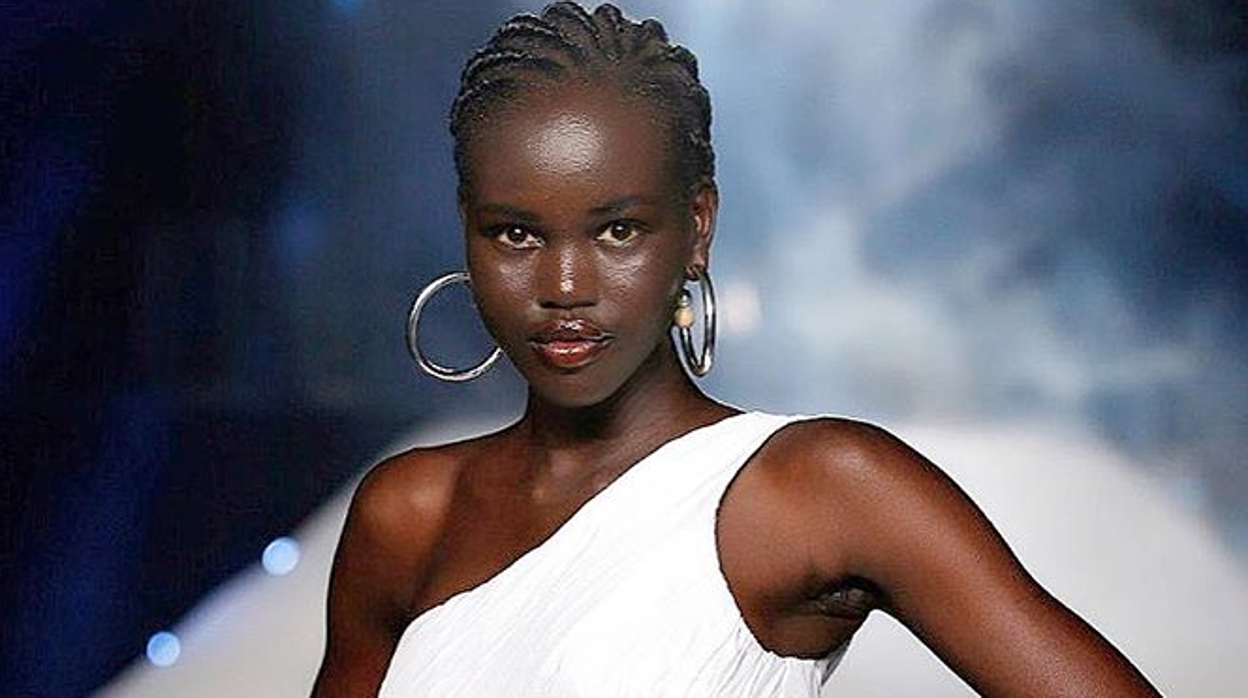La modelo Adut Akech «explota» por el gran error que una revista ha cometido con ella
La maniquí ha arremetido contra «Who», pues la revista ha publicado una fotografía de otra modelo negra en una noticia sobre ella

La supermodelo sursudanesa-australiana Adut Akech ha expresado la ira y tristeza que siente después del fallo que ha cometido con ella una destacada revista australiana. «Who» ha publicado un artículo sobre la maniquí, pero en vez de poner su foto en la noticia han puesto la de la modelo Flavia Lazarus . Akech ha señalado que esta confusión «no le habría afectado a una modelo blanca».
Para exponer su malestar, la modelo ha compartido con sus seguidores de Instagram lo sucedido: «Para aquellos que no están al tanto, la semana pasada ‘Who’ (Australia) publicó un artículo sobre mí. En la entrevista, hablé sobre cómo las personas ven la actitud de los refugiados . Con el artículo, publicaron una gran foto en la que aseguraban que era yo , pero era otra chica negra».
Además, Akech continuó exponiendo que el fallo que había cometido la revista con ella era «inaceptable e inexcusable». Además, dijo que sentía que «toda su raza no había sido respetada y que lo que ha sucedido demuestra que las personas que han cometido el error «son muy ignorantes y de mente estrecha , pues piensan que todas las chicas negras o africanas tienen el mismo aspecto. Siento que esto no le habría pasado a una modelo blanca».
Akech dijo sentirse muy afectada, pues el error cometido por la revista ha conseguido «derrotar el propósito» que trató de defender en el artículo. Además, expuso que Australia aún tiene mucho que trabajo por hacer en lo referido a la igualdad.
La revista ya se ha disculpado con la modelo de 19 años, que a día de hoy es una de las maniquís más demandadas en la industria de la moda. El objetivo de Akech era concienciar del problema que hoy en día existe con los refugiados , pues ella ha vivido ese sufrimiento en sus propias carnes. La maniquí fue una niña refugiada que pasó los primeros ocho años de su vida en el campo de refugiados de Kakuma, Kenia, antes de emigrar a Australia.
Noticias relacionadas